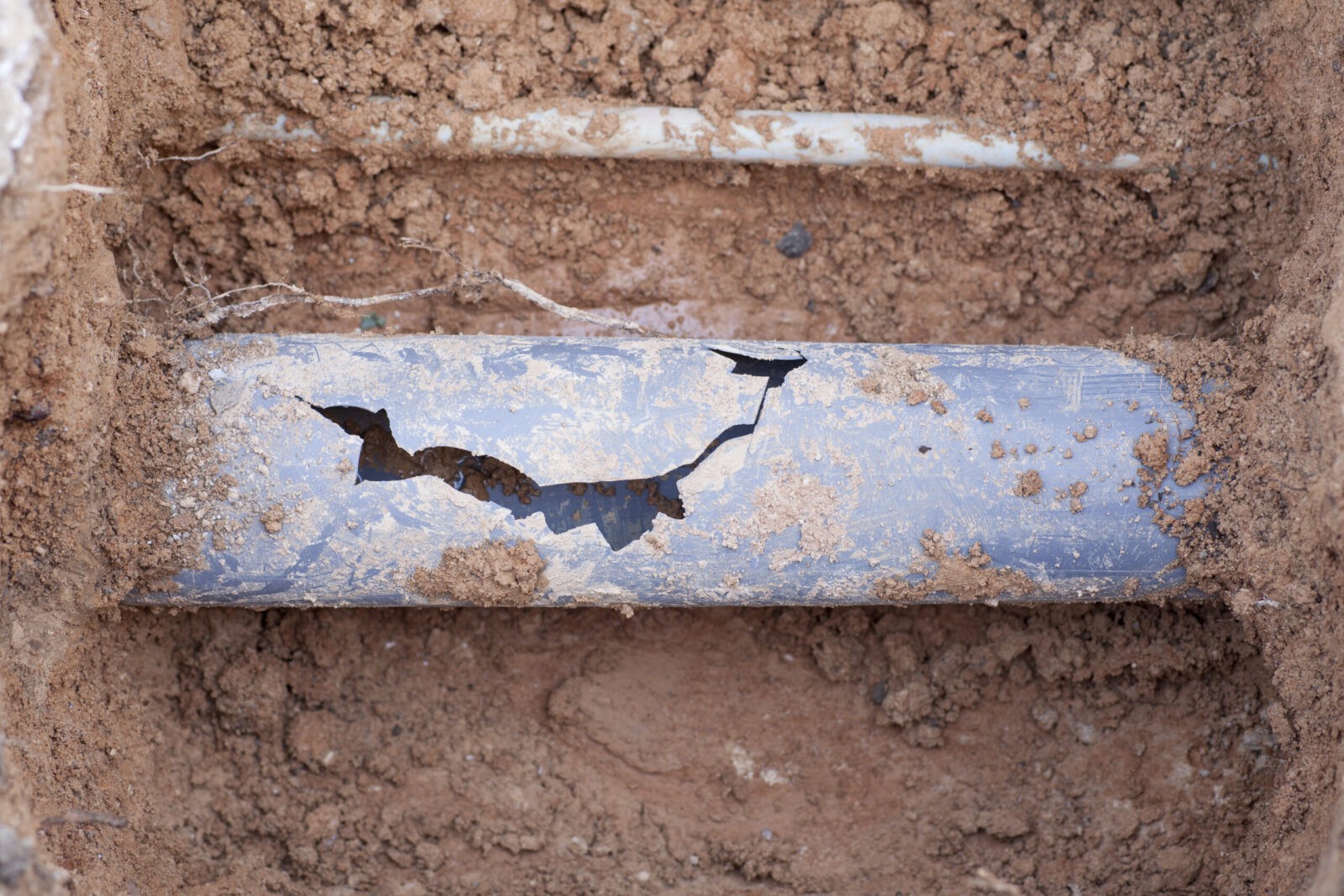Your toilet bubbles or gurgles, but you think nothing of it. Your home wasn’t built all that long ago, so it’s probably nothing. Unfortunately, a few days later, you walk into your bathroom to find sewage oozing out of your toilet and onto your terracotta tiles from a sewer backup.
Many homeowners have issues with their sewer lines every year, so we reached out to Tom Mahoney of Little Tommy’s Plumbing Shop. Tom has been in the plumbing business since 1989, and his family has been helping Chicago area homeowners to fix their plumbing issues for more than 60 years.
We recently spoke to Tom to find out how to fix a sewer backup issue in your home and even how to prevent it from happening again.
Most common sewer backup causes
While a sewer backup problem can come from paper towels, feminine or hygiene products, the most common cause of a sewer backup comes from outside your home.
“Sewers back up predominantly from root intrusion or tree roots,” says Tom. “Older sewer lines are generally made out of clay, so they’re very porous.”
The roots break through the walls, drink up the water, and start growing. Unfortunately, there are very few warning signs.
“It’s on the rare side that there will be a stagnant smell,” says Tom. “In newer homes, sometimes the toilets will bubble or gurgle, or there’ll be a gurgling sound that the owners hadn’t heard before.”
Most of the time, though, the sewage just begins to seep up through a basement floor drain or toilets in first-floor bathrooms.

How to fix a sewer backup problem
What is the process of a sewage backup cleanup?
“You definitely have to call a plumber as soon as possible,” says Tom. “Also, stop running water if at all possible and shut down laundry facilities if they’re running.”
Try to mitigate the damage – clean up what you can (wear gloves and protective equipment!) to keep the hazards (and smell) to a minimum.
Once a licensed plumber arrives, they’ll diagnose the issue – usually by placing a camera into the sewer line – before deciding on a solution.
“It’s usually mechanically routing the sewer out to clear the stoppage,” says Tom, “and that can be from an access in the basement or even from the toilet.”
On rare occasions, Tom and his crew have cleaned out the issue from roof stacks, but the best-case scenario to fix your sewer backup is clearing the pipes from an outside clean-out access. Unfortunately, there have been times when the sewer line itself had to be replaced.

Explains Tom, “That’s the last thing we have to do or want to do, but that’s usually if the sewers are broken or the root intrusion is so great that you can’t route through.”
Sewer backup FAQs
We asked Tom the questions you may be afraid to ask or didn’t even know you should be asking when it comes to sewer backup issues.
Do homeowners need to leave the home during this time?
“Rarely, but it just depends on if the backup permeates the living area,” says Tom.
How long does it take to correct the issue?
“Most of the time, it’s done after one to two hours, but I’ve also had projects that have taken three days.”
How much does it generally cost to fix a sewer back problem?
“Every project is different but usually $400 to $800.”
Once a sewer back up occurs, what’s the likelihood that it’ll happen again?
“If it’s roots, it’s going to happen again,” says Tom. “We usually try to get our customers on a maintenance schedule where we do it once a year since the roots grow back.”
Tom’s crew has found it’s relatively easy to route out the sewer again, but there are times when the sewer line may need to be repaired.
How can you prevent sewage backup in your house?

If the issue stemmed from home objects, then sewer backup prevention begins with adopting better discipline and throwing paper towels, flushable wipes, and other products into the garbage.
“My highest recommendation is the only thing that should go through toilets is what it’s meant for – waste and paper,” says Tom. “A lot of the disposable wipes will say they are flushable, but they’re definitely not.”
If the cause of the backup comes from roots, you can avoid planting trees on your property, but that might not stop the issue from occurring.
“I pulled out a bushel barrel full of roots from a sewer that didn’t have a tree within a hundred yards,” says Tom.
Don’t forget to call your home insurance company

Generally, sewer backups are not covered in a standard homeowners insurance policy, so it’s best to talk to your insurance carrier or agent about endorsements or other options. You’ll want to ask, “What does sewer backup insurance cover?” to see if it’s right for you.
Even if you haven’t had an issue with sewer backup before, it’s a good idea to speak with your agent and see if you should add additional insurance coverage, such as water backup insurance, to your current policy.
Stay on top of home maintenance
Homeownership can be hard, but it doesn’t have to be. The vipHome.app can help. In less than four minutes, enjoy a new way to manage your home. Simply download the app, register your home, and enjoy a simplified homeownership experience. Download today!






